Digital Transformation in Government: Challenges, Examples (2023)
Technology has redefined work, from hybrid work, big data, automation, customer experiences software suites, and more. Government services isn’t known for being on the cutting edge of technology and has a reputation for being disjointed, slow, and tedious.
Digitalization presents a unique opportunity for governments to finally face these challenges and stigmas head on, powered by digital transformation.
In this article, we define digital transformation in government, explain the pros and cons of these initiative, share real-life examples of digitalization in the public sector, and provide you with actionable tips to successfully manage digital transformation in your organization.
What are common examples of digital transformation in the public sector?
- Self-service government e-portals for citizens and businesses
- Electronic document management
- Open-data platforms
- Public safety and emergency response alert systems
- Predictive analytics
- Citizen and community engagement platforms
- eLearning platforms for government employee learning and development
- eVoting
- IRS’s new free online tax-filing system, “Direct File”
What Is Digital Transformation in Government?
Digital transformation refers to replacing legacy applications and manual processes with new technology throughout all aspects of an organization’s operations to improve efficiency, effectiveness, customer experience, and service delivery – essentially all company areas.
In the context of the government sector, digital transformation involves using technology to improve public services and create a better overall experience for citizens and businesses engaging with government offices.
The goal of digital transformation in government is to create a more transparent, efficient, and responsive public sector that meets the evolving needs of citizens. It creates a fundamental shift of how government offices operates, using technology to streamline processes, improve data management, and create a better citizen experience.
Digital transformation in government can take many forms, including the replacement of outdated systems, the development of modern digital platforms, and the adoption of automation and artificial intelligence (AI) to improve service delivery and reduce operational costs.
Benefits of Digital Public Services
Although digital transformation in the government sector does present difficult challenges, its benefits significantly outweigh these pain points – both for government offices improving efficiency, as well as from the citizen experience perspective. The most impactful benefits include:
1. Automation of manual processes and tasks
Slow processes and overreliance on manual work are often the core reason behind the inefficiency of the public sector.
Have you ever thought about how many repetitive tasks government employees perform every day? Data input, document approvals, appointment scheduling, and many more processes can be efficiently run by technology.
By implementing modern software, governments can replace outdated manual processes with automated workflows, allowing your employees to focus on high-priority tasks.
2. Improves internal morale, job satisfaction, and productivity
Public sector workers are always overworked. If you want to improve your employee well-being, you should promote digital transformation first thing.
Adopting modern digital tools allows employees to get more satisfaction from everyday work. Alongside automating repetitive processes, digital transformation brings in more effective collaboration tools, improving employee relations that create a happier workspace, and provides government employees with the tools that allow them to focus their core attention on more essential tasks that require critical thinking, creativity, and innovation.
3. Creates a better experience for citizens interacting with government programs
Before digital transformation, citizens had to interact with the government through manual processes, such as filling out forms or visiting government offices in person. Now, more and more people expect organizations in the public sector to deliver digital services in a virtual setting.
By digitizing citizen-facing services such as license and permit renewals, you’ll not only improve process efficiency but also improve your reputation among people that use your services.
4. Reduces reliance on manual processes and paper records
Traditional record-keeping systems in government often involve the use of physical documents, which can be time-consuming to manage and maintain. It leads to inefficiencies and errors and makes it difficult to quickly access and share information across departments.
Implementing modern digital software in your organization reduces your reliance on paper records and makes data more accessible.
Furthermore, digital records are more secure than physical documents as they can be protected through encryption and access controls, reducing the risk of data breaches or unauthorized access.
This means investing in new cloud platforms to handle your data cross government employees (like an HCM system) and citizen data (think a citizen-specific CRM system).
5. Gives more data to make informed decisions
As more government services and information become available online, citizens increasingly interact with governments through digital channels such as websites, mobile applications, and social media.
Digital transformation helps governments to obtain more data to understand their citizens’ behaviors and preferences. With the wealth of data generated through digital interactions, public sector organizations can design their services to meet the needs of their citizens.
In addition, this data can be used to monitor and evaluate government programs and policies, helping governments to allocate resources more effectively.
6. Reduces operational costs
All the aforementioned benefits taken together result in lower operational costs for government organizations.
While undergoing digital transformation is a costly initiative, especially for large organizations, it pays off fast. Not only do public sector companies save money due to process automation, but they also eliminate costly mistakes caused by the lack of data and insufficient resources.
Digital Transformation Challenges Unique to the Public Sector
Digital transformation is an inevitable step for the public sector. But before you start, you should be ready to face and address the following digital transformation challenges:
1. National security risks
Governments handle sensitive and confidential information, which needs to be protected from cyber threats and other forms of attacks. As the government moves to digitize more information and services, it becomes vulnerable to hacker attacks. Governments must invest in robust security measures to prevent unauthorized access to confidential data.
2. Politics and stigmatization
Digital transformation initiatives can be met with resistance from politicians and citizens, who may view the changes as threatening traditional government operations. Additionally, some groups may hesitate to use digital services due to stigmatization or mistrust.
3. Government bloat
Government agencies often have complex structures, bureaucratic processes, and redundant systems, which make it difficult to implement digital transformation initiatives. Streamlining and simplifying these processes may involve some painful steps, like reducing staff, closing departments, or reorganizing existing ones.
4. Siloed government organizations
Many government agencies operate in silos, with limited communication and collaboration across departments. 51% percent of public sector organizations consider organizational silos one of the top digital transformation blockers. Successful digital transformation requires a coordinated effort across multiple teams and agencies to deliver cross-silo digital initiatives.
5. Insufficient funding and resources
Implementing digital transformation initiatives will require significant financial and human resources, and governments may struggle to justify high expenses and allocate resources effectively.
It’s not uncommon for public sector organizations to simply lack the funding necessary to invest in new technology and systems. Additionally, digital transformation requires hiring skilled personnel or third-party agency to develop a new system, implement it, and train government workers on it.
6. Addressing the digital skills gap
Most public services and government offices rely on outdated, legacy systems and manual process, which means your employees will need to reskilled. This presents issues surrounding upskilling and addressing skill gaps across multiple generations of workers, creating new onboarding programs, and providing technology-support and training to your government employees.
Government organizations must invest in digital skills training to introduce their employees to new digital tools and systems. Balancing training with ongoing operations will be challenging, but it’s critical to drive technology adoption and perform digital transformation successfully.
Examples of necessary skills to adapt to change and adopt new digital applications, processes, and workflows include:
- Having digital dexterity – ie. being savvy with new technology and digital applications.
- Being agile and willinging to experiment with new digital tasks and process.
- Understanding core principles of UX design.
- Strong collaboration and communication.
Examples of Digital Transformation in Government
What forms may digitalization in government take? Here are a few examples of public sector agencies implementing technology in internal processes and citizen-facing operations.
1. Self-service government e-portals for citizens and businesses
Implementing e-portals for citizens and businesses is one of the simplest ways to make government services more accessible. It allows users to access government services and information online, reducing the need for in-person interactions and streamlining processes.
E-portals include services such as online payment processing, permit applications, and license renewals.
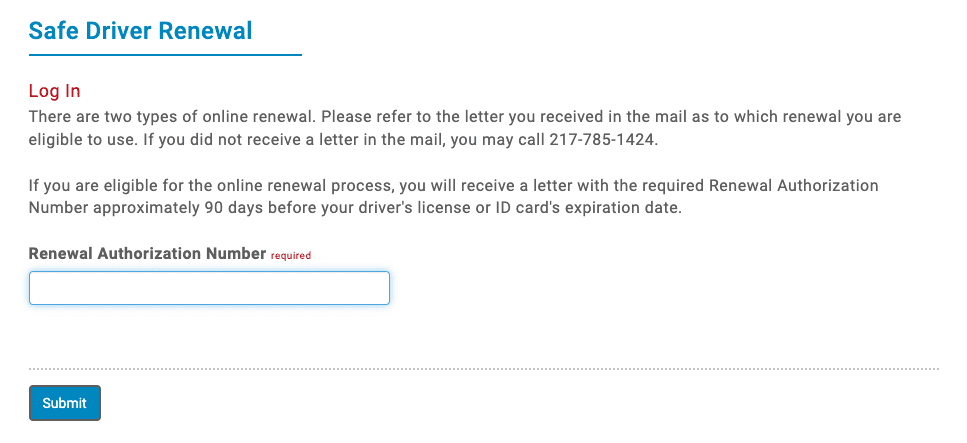
Example: Around 98% of Estonia residents declare their taxes online. The e-tax system enables users to file enterprise or personal declarations, request tax returns and excise taxes, and file customs declarations electronically.
2. Electronic document management
Electronic document management systems allow governments to store, manage, and share documents digitally, reducing the need for paper records and physical storage.
Example: To provide centralized access to all documents, the United States Environmental Protection Agency (EPA) digitized all of its paper-based documents, including reports, maps, photographs, and other records.
The system has helped the EPA to reduce paper usage, streamline document workflows, and improve collaboration among staff. It has also enhanced the agency’s ability to manage documents in compliance with legal and regulatory requirements.
3. Open-data platforms
An open-data platform is the central web portal where government employees, citizens, researchers, and others can search, access, analyze or download government data for free. Open data promotes transparency and accountability by making government data available to everyone.
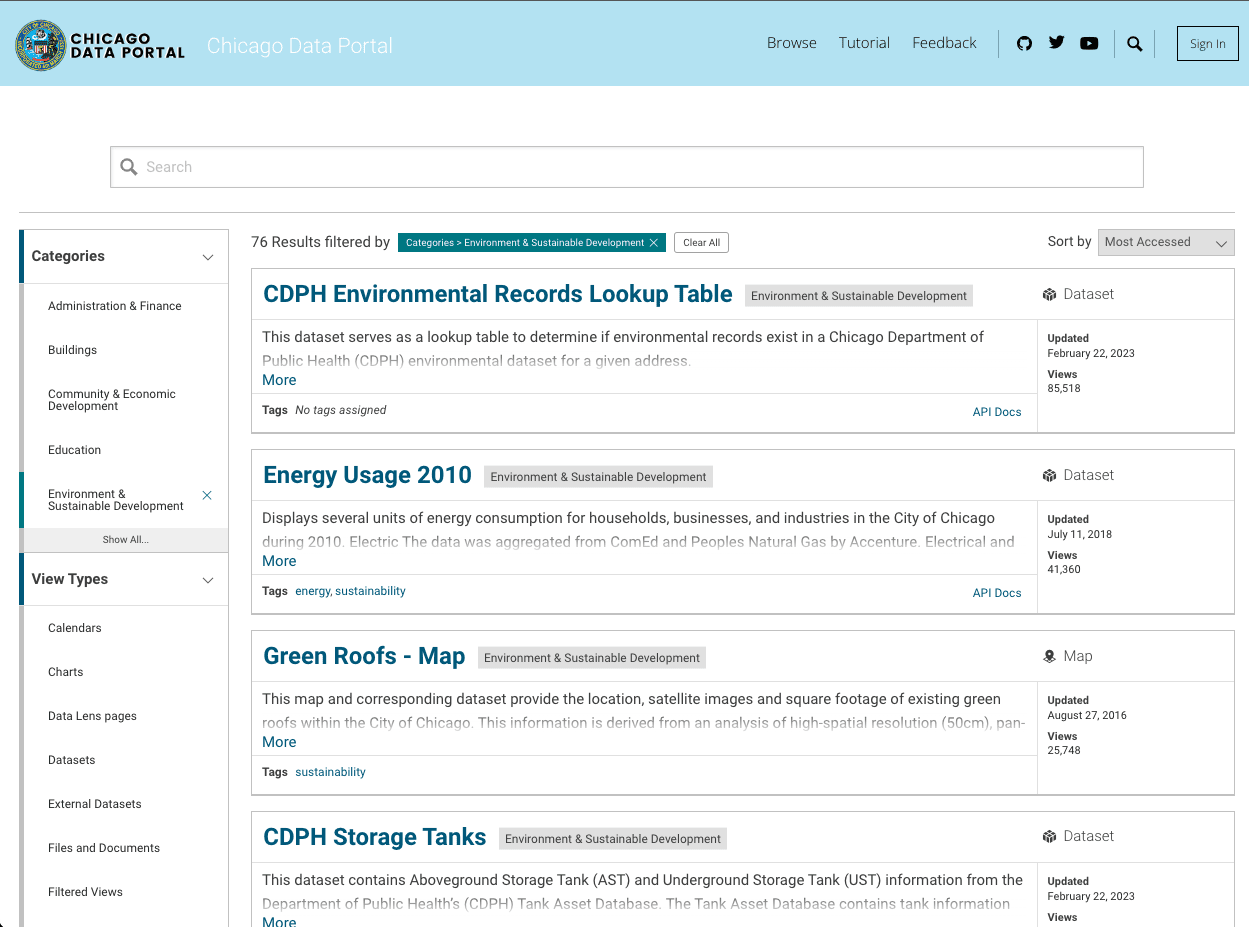
Example: To promote open knowledge, New York Сity’s government has launched the NYC Open Data initiative. This online portal makes the public data generated by various New York City agencies and other City organizations available for public use.
4. Public safety and emergency response alert systems
Governments can improve public safety and emergency response by implementing digital technology for real-time alerts. These systems can support emergency alerts via text message, social media, or other digital platforms, as well as location-based services to help first responders locate and assist those in need.
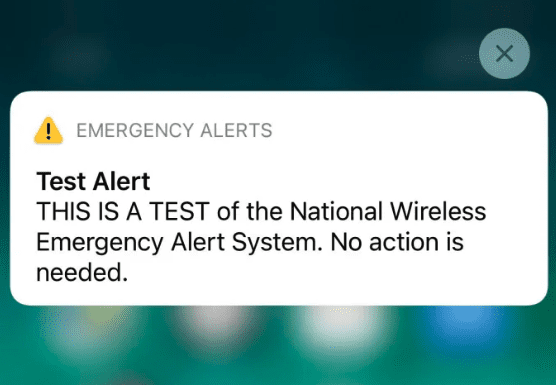
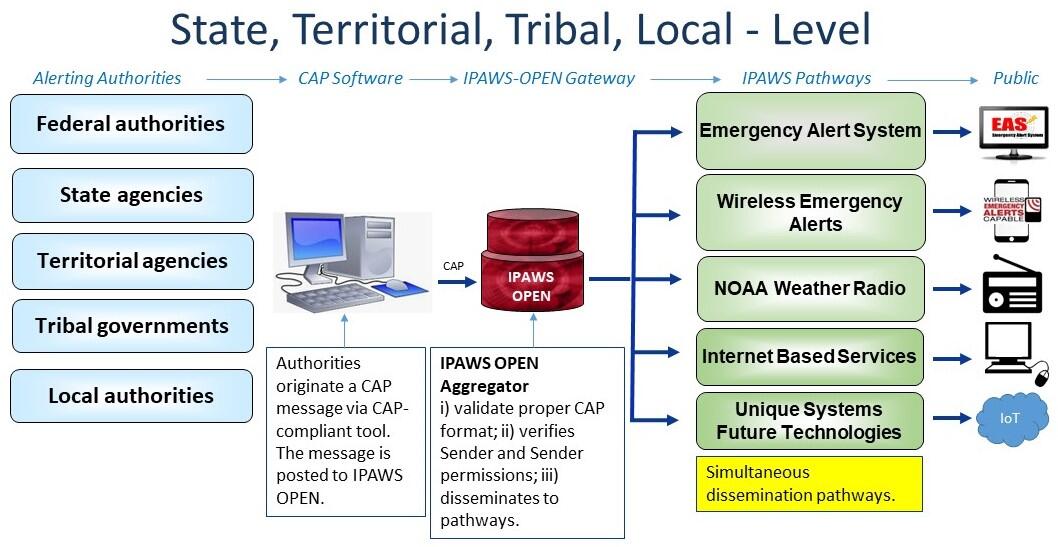
Example: The United States government has created the Integrated Public Alert and Warning System (IPAWS) to send immediate warnings to the American people. State, tribal, and local authorities use the system to notify the public of any potential risks, like storms or flooding, and provide instructions on how to stay safe.
5. Predictive analytics
Predictive analytics uses data to identify patterns and predict future events. Public sector organizations can use predictive analytics to forecast budget and revenue, monitor public health trends, and identify potential fraud or misuse of government resources.
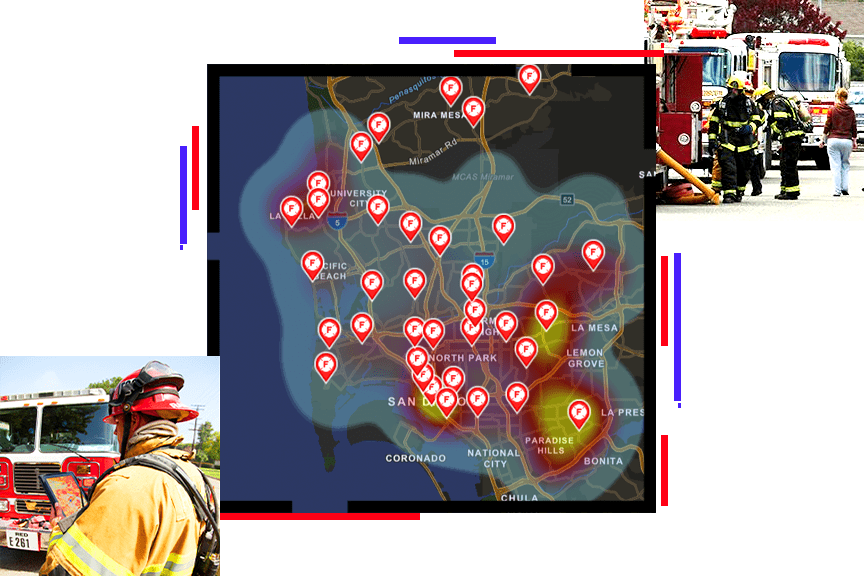
Example: Los Angeles Fire Department (LAFD) runs a predictive analytics program to identify areas at high risk for fires and predict how wildfires will spread. The system analyzes data from multiple sources, including weather reports and historical fire data to identify at-risk areas and send alerts to emergency officials.
Since implementing the predictive analytics program, the LAFD has reported a significant decrease in the number of fires in the location as well as a reduction in the overall cost of fire-related incidents.
6. Citizen and community engagement platforms
Citizen and community engagement platforms allow governments to communicate with citizens and gather feedback on policies and initiatives. Citizens can use these platforms to report issues that they want the government to address and monitor their requests being processed.
